Executive Spotlight: Mats Johansson, Skanska
From Sweden to Poland to the U.S., Mats Johansson has worked on development projects for Skanska.
By Leah Etling, Contributing Writer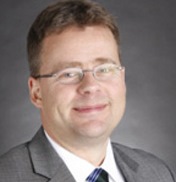
From Sweden to Poland to the U.S., Mats Johansson has worked on development projects for Skanska, the global development and construction firm that has grown its American presence significantly during the recovery from the Great Recession.
The President & CEO of Skanska’s USA Commercial Development division, which has focused its regional efforts on Boston, Washington, D.C., Houston and Seattle, Johansson recently spoke to CPE about his approach to development and transition from European markets to the U.S.
With Skanska for 21 years and part of its U.S.-based team for one-third of that time, Johansson has helped grow the company’s North American presence from a blank slate to $7.3 billion total U.S. revenue in 2014. That accounts for one-third of the company’s global revenue stream.
Read on for our interview with Johansson.
CPE: When you decided to bring Skanska Commercial Development to the USA, how did you choose what markets to focus on?
Johansson: We began our development operations in the U.S. in 2008 with a small team – four of us around the table. We spent six months after we arrived looking closely at different markets and deciding, on the real estate side, where we would invest. We started with 11 markets, took that down to six, and then down to three. Those were Washington D.C., Boston and Houston. Then we added Seattle a little bit later (in 2011). We continue to focus on those four markets today.
CPE: What factors influenced your decision?
Johansson: This was seven years ago, so we tried to focus on where we could see the start of recovery, and assess what would be the driving factors in the continuing recovery. I think we were right, we also had a little bit of luck, and it was about energy, technology, biotech and similar industries that mobilized the markets we had chosen.
CPE: Any thoughts of adding additional markets?
Johansson: If we add another one or two markets, it’s all about timing. We haven’t taken a position on that.
CPE: What have been some of the differentiators that have helped you stand out from the competition?
Johansson: I think the international and multinational flavor of our company, and the fact that we are a well-capitalized company (we self-finance all of our developments) has made us stand out. Then at the end of the day it’s about being local in this business. The key is finding and building good local teams who understand the local market.
CPE: Are there any markets that you’ve personally become attached to?
Johansson: My personal favorite place – as a Scandinavian — is when I’m up in the Pacific Northwest in the summertime. It reminds me of where I come from. I also think that if you could mix various aspects of Boston, Seattle, and Houston, that would be a pretty cool city.
CPE: I know sustainability is an important theme for you. Can you talk about how that influences your work?
Johansson: As a Swede, sustainability is part of the Scandinavian DNA. I’m not criticizing the U.S. approach, but I think the Scandinavian way is to think a bit more long term with plans for sustainable building. That’s part of who I am and what I believe in, and it matches the values for the company, too. As long as I’ve worked for the company, this is something we have believed. The markets, depending on where you are, have different levels of maturity when it comes to sustainability.
CPE: What should your clients know about this long-term approach?
Johansson: What we really want to do is approach sustainability from a deeper, holistic perspective, connected to our renters and customers’ needs. We want to understand their priorities and actually do this stuff, not just talk about it and then do what you need to do to get the certification.
We want to do the right thing, and I can see the market starting to develop in that direction, too. I think the younger generation has more of a demand for a more holistic approach, vs. just checking off boxes for “green” requirements.
In our design and development of a building, I like the word “thoughtfulness” – the tenant who is moving into the building should think about the high quality, sustainability, and efficiency, and know that we as the developers have thought about those things on their behalf. We want them to know what we understand who they are, and we have adapted the building as much as we can to their needs. That’s our focus. I think all of our projects in progress exemplify this approach.
CPE: What attracted you to the commercial real estate industry?
Johansson: I’ve always seen myself as a very market-oriented person. We have the opportunity to work with the development process from A to Z, create our own business, and understand the unique local flavor of each market. From there, it’s about working with the right people and making the right decisions and really, really understanding our customers. In our case, they are the renters, and at the end of the day, we try to sell the buildings to institutional investors.

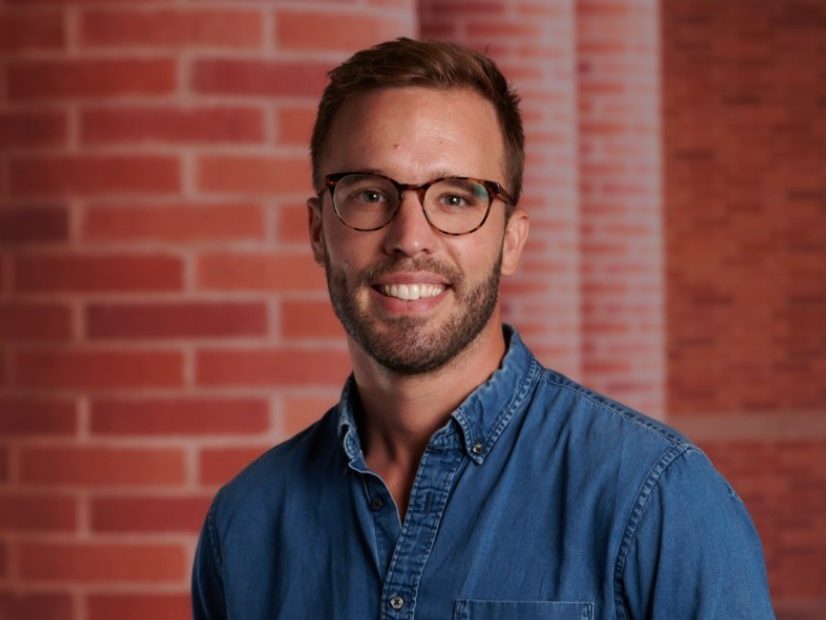

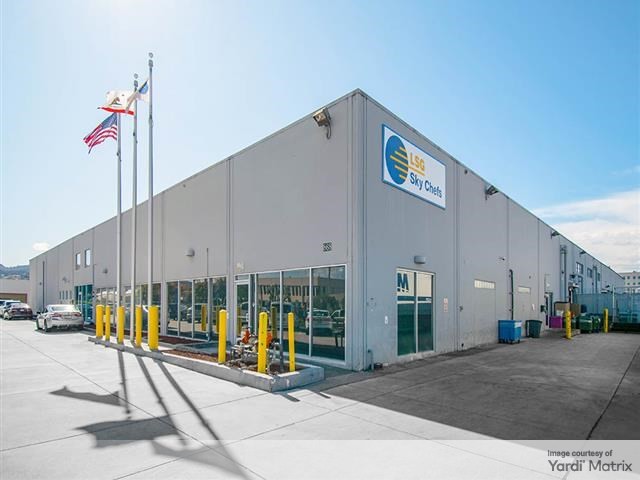
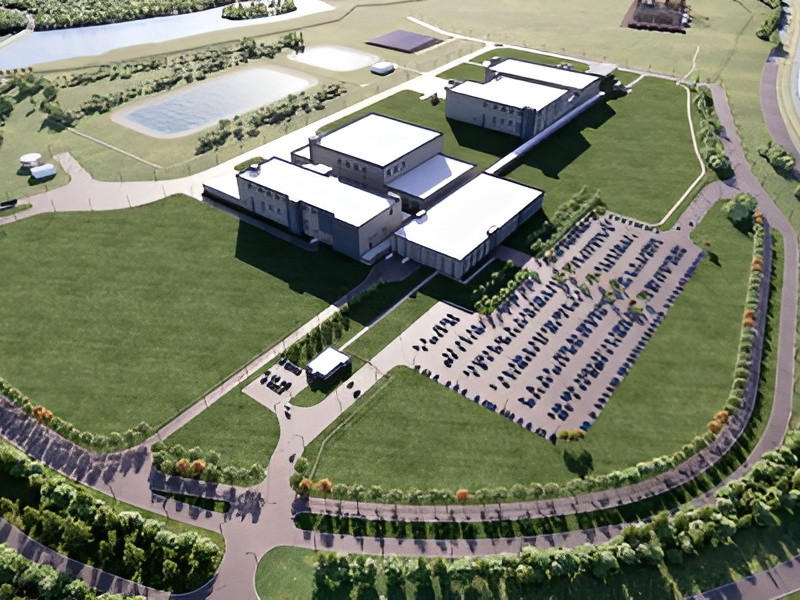
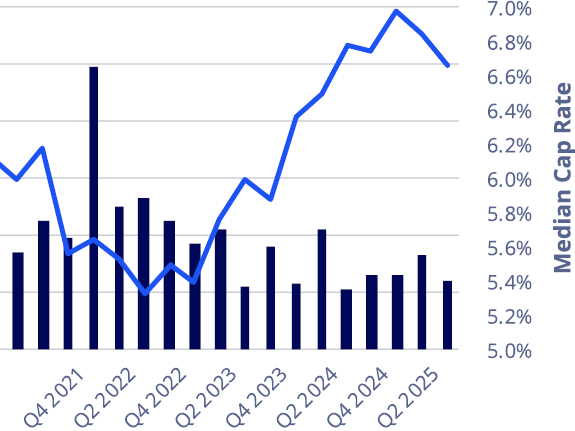

You must be logged in to post a comment.